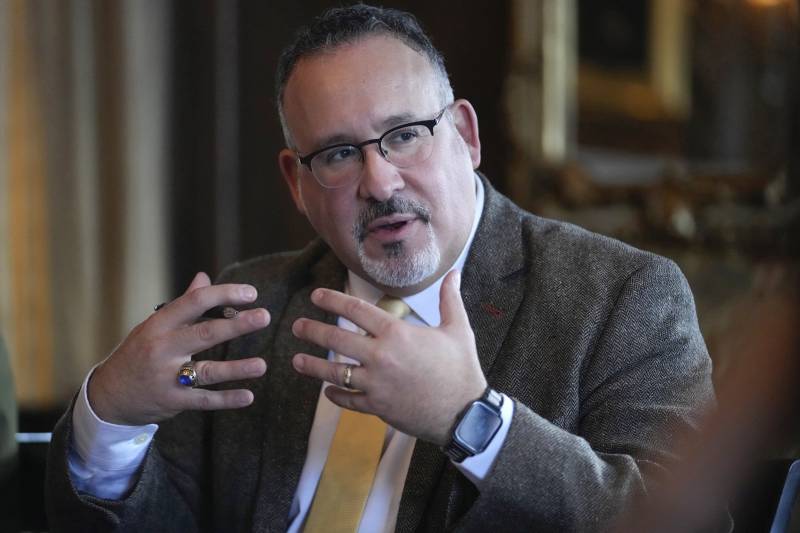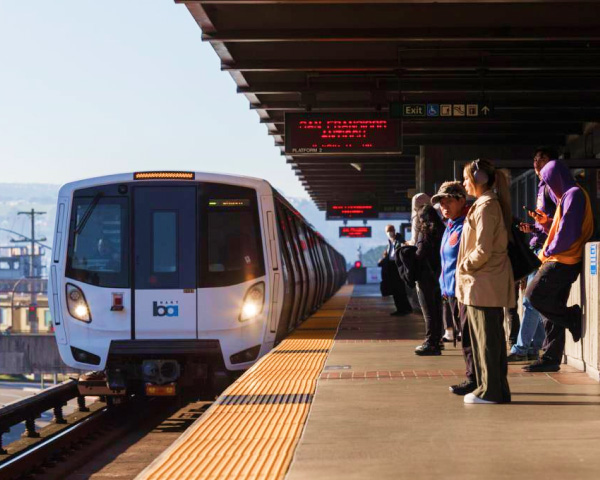If the plans go through as proposed, there would be no application necessary.
The administration estimates that this proposal would forgive some interest balances for 25 million borrowers, with 23 million receiving full forgiveness on their interest. Currently, about 43 million Americans have some form of student loan debt.
Automatic discharge for eligible borrowers
Since Biden took office, several student loan programs have been revamped or re-negotiated to help ease borrowers’ debt, though many still require borrowers to apply. (The programs can be dense, but NPR has previously reported on these programs and how to navigate them: including the SAVE program, public service loan forgiveness, and closed schools discharge.)
As the administration noted in its announcement, not every borrower who qualifies for these programs has applied, with more than 2 million eligible borrowers who have not done so.
Under the proposed plan, qualifying borrowers would no longer have to enroll to receive forgiveness. The Education Department plans to use use data it already has to identify those borrowers, and automatically credit their accounts.
Relief for long-time borrowers and those experiencing hardship
The new proposals would also help long-term borrowers. According to the Education Department, more than 2.5 million borrowers have carried student loan debt for more than two decades. Under the plan, borrowers carrying undergraduate debt would qualify for forgiveness if they started repayment on or before July 1, 2005. Borrowers with graduate school debt would qualify if they started repayment on or before the same date in 2000.
In keeping with the theme of these announcements, borrowers would not need to be enrolled in any plan to qualify. The relief would be automatic.
A separate component would help those experiencing economic hardship. Some of this relief would be also happen automatically — for example, if a borrower is at a high risk of defaulting on their student loans. Other relief would require an application. The administration says borrowers who are struggling with medical debt or child care could apply for this program, if it is implemented.
A new legal foothold for sweeping debt relief
The Biden administration has made multiple attempts at discharging student loan debt since taking office. Perhaps most notably in 2022: The president announced widespread relief of up to $20,000 for qualifying borrowers. Millions of borrowers filled out the form to opt-in to the program, but the project was put on hold due to legal challenges. The Supreme Court struck down that plan in June of 2023.
This new approach has been in the works for some time, as the Education Department has been undergoing what’s called “negotiated rule-making” to develop a new avenue for debt relief since the original plan was overturned in June. They’ve been hearing from stakeholders, advocates, and critics in advance of this announcement.
It’s expected the new proposals will take some time before eligible borrowers can begin to see their debt eliminated. The Education Department must gather public comment on the proposal before issuing a final version of its plan.
The plan will likely face legal challenges as well, though though the rulemaking process may put this effort on stronger legal ground than the first debt-relief plan.
Copyright 2024 NPR. To see more, visit https://www.npr.org.9(MDAxOTAwOTE4MDEyMTkxMDAzNjczZDljZA004))

9(MDAxOTAwOTE4MDEyMTkxMDAzNjczZDljZA004))
